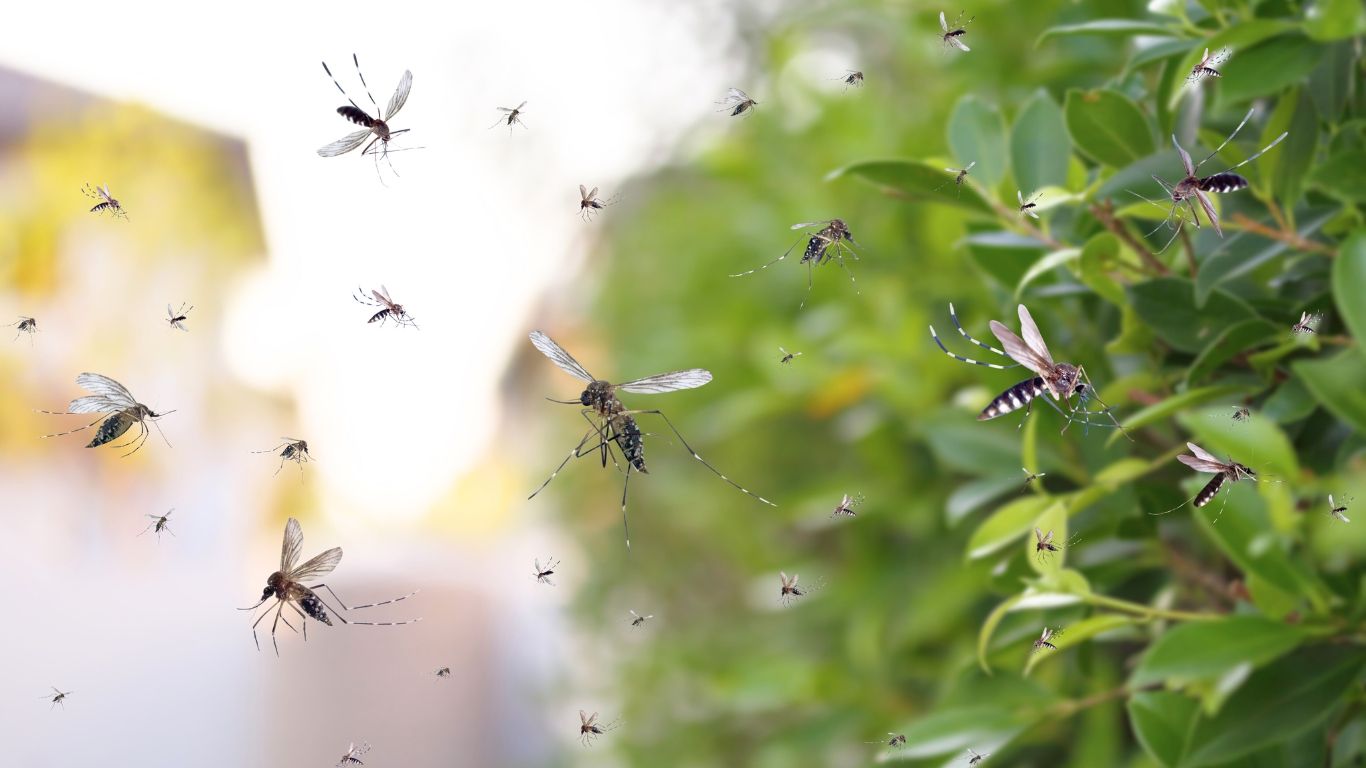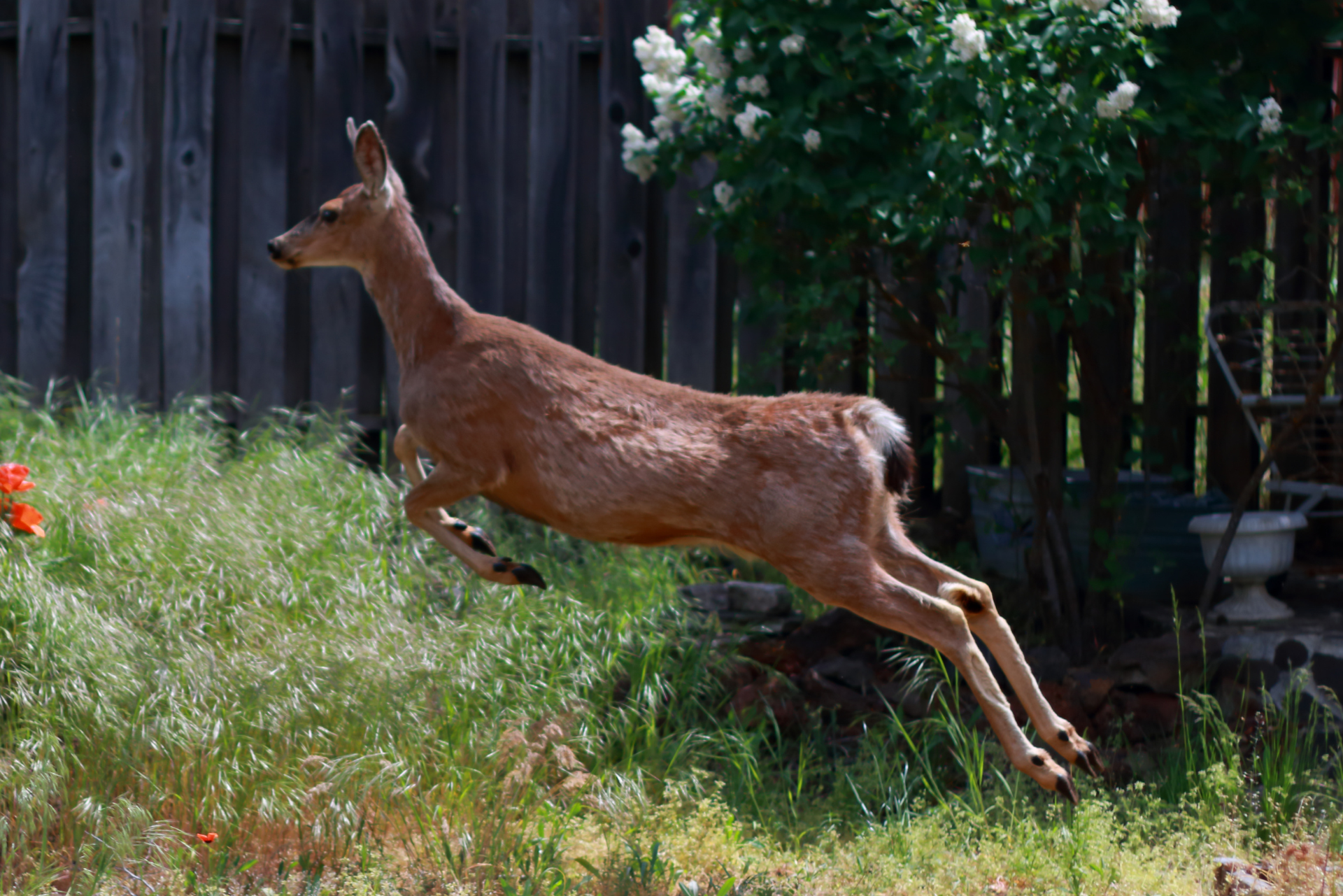Battling the Bite: Understanding and Managing Horse Fly Infestations
Battling the Bite: Understanding and Managing Horse Fly Infestations
Battling the Bite: Understanding and Managing Horse Fly Infestations
As the warm weather rolls in, so do the pesky pests known as horse flies. These large, aggressive insects can be a significant nuisance for both humans and animals alike. Understanding horse flies and how to manage infestations can make your outdoor experience much more enjoyable. Let's dive into the world of horse flies and how to deal with them effectively.
What are Horse Flies?
Horse flies, scientifically known as Tabanidae, are robust flies known for their painful bites. They are often larger than typical flies, with stout bodies and large eyes. Female horse flies are the ones responsible for biting, as they require blood meals to develop their eggs. While male horse flies feed on nectar, females seek out blood from mammals, including humans and livestock.
Identifying Horse Fly Bites
Horse fly bites are not only painful but can also lead to itching, swelling, and in some cases, allergic reactions. Unlike mosquitoes, which use a needle-like proboscis to extract blood, horse flies have scissor-like mouthparts that tear the skin, causing more significant discomfort. Bites often leave behind raised, red welts that can persist for several days.
Preventing Horse Fly Bites
Preventing horse fly bites requires a multi-faceted approach, including:
- Use Repellents: Apply insect repellents containing DEET or picaridin to exposed skin to deter horse flies from biting.
- Cover Up: Wear long-sleeved shirts, pants, and hats to minimize exposed skin. Light-colored clothing may also be less attractive to horse flies.
- Avoid Peak Activity Times: Horse flies are most active during the day, especially in warm, sunny conditions. If possible, avoid outdoor activities during peak horse fly activity times.
- Protect Livestock: Provide shelter for horses and other livestock during the day and use fly sheets or insect sprays designed for animals to protect them from horse fly bites.
Managing Horse Fly Infestations
In addition to personal protection measures, managing horse fly infestations around your home or property can help reduce their numbers:
- Eliminate Breeding Sites: Horse flies breed in moist areas with decaying organic matter, such as wetlands, marshes, and ponds. Eliminating or treating these breeding sites can help reduce horse fly populations.
- Install Traps: Horse fly traps, such as canopy traps or sticky traps, can effectively capture and reduce horse fly numbers in outdoor areas.
- Professional Treatment: For severe horse fly infestations, consider enlisting the help of a professional pest control service. They can assess your property, identify breeding sites, and implement targeted control measures to reduce horse fly populations.
Conclusion
While horse flies can be a persistent nuisance during the warmer months, understanding their behavior and implementing effective management strategies can help minimize their impact. By taking proactive measures to prevent bites and manage infestations, you can enjoy the great outdoors without the constant threat of horse fly bites.
Remember, if you're experiencing significant horse fly problems, don't hesitate to reach out to Pestify Pest Control for expert advice and assistance. Stay safe and bite-free this summer!

Keep your Long Island home pest-free with PESTIFY PEST CONTROL. Specializing in pest control for insects, mosquitoes, ticks, deer, moles and rodents. Reclaim your outdoor spaces. Contact us
Currently Servicing Suffolk County, Long Island. Amagansett, Babylon, Bayport, Bay Shore, Bellport, Blue Point, Bohemia, Brentwood, Bridgehampton, Brightwaters, Brookhaven, Calverton, Center Moriches, Centereach, Centerport, Central Islip, Cold Spring Harbor, Commack, Coram, Cutchogue, Deer Park, East Hampton, East Islip, East Moriches, East Northport, East Patchogue, East Quogue, East Setauket, Eastport, Farmingville, Greenport, Hampton Bays, Hauppauge, Holbrook, Holtsville, Huntington, Huntington Station, Islandia, Islip, Islip Terrace, Jamesport, Kings Park, Lake Grove, Laurel, , Manorville, Mastic, Mastic Beach, Mattituck, Medford, Melville, Middle Island, Miller Place, Montauk, Moriches, Mount Sinai, Nesconset, New Suffolk, North Babylon, Northport, Oakdale, Ocean Beach, Orient, Patchogue, Peconic, Port Jefferson, Port Jefferson Station, Quogue, Remsenburg, Ridge, Riverhead, Rocky Point, Ronkonkoma, Sag Harbor, Sagaponack, Saint James, Sayville, Selden, Shelter Island, Shelter Island Heights, Shirley, Shoreham, Smithtown, Sound Beach, South Jamesport, Southampton, Southold, Speonk, Stony Brook, Upton, Wading River, Wainscott, Water Mill, West Babylon, West Islip, West Sayville, Westhampton, Westhampton Beach, Wheatley Heights, Wyandanch, and Yaphank



